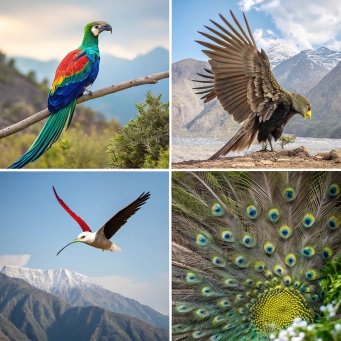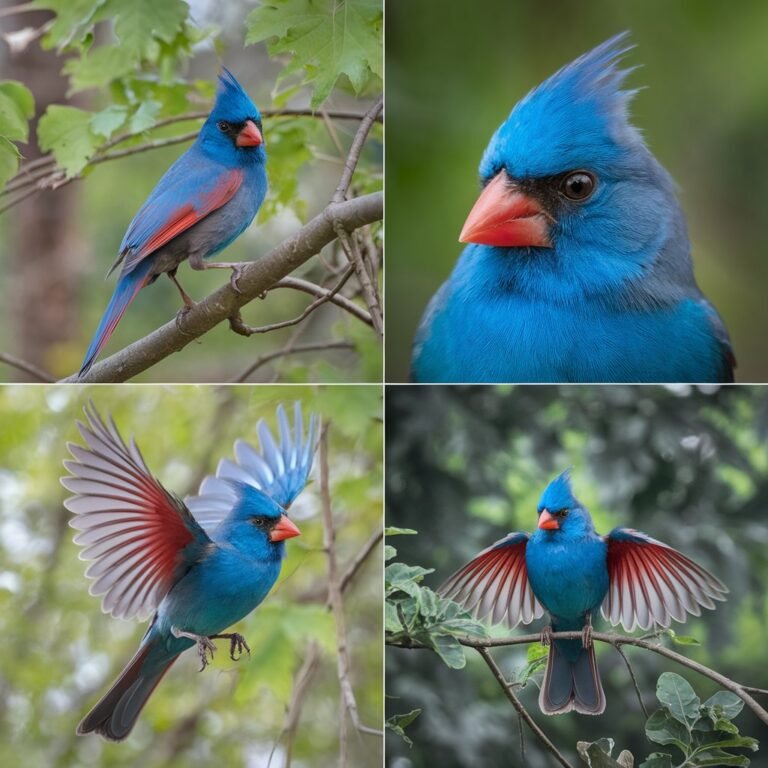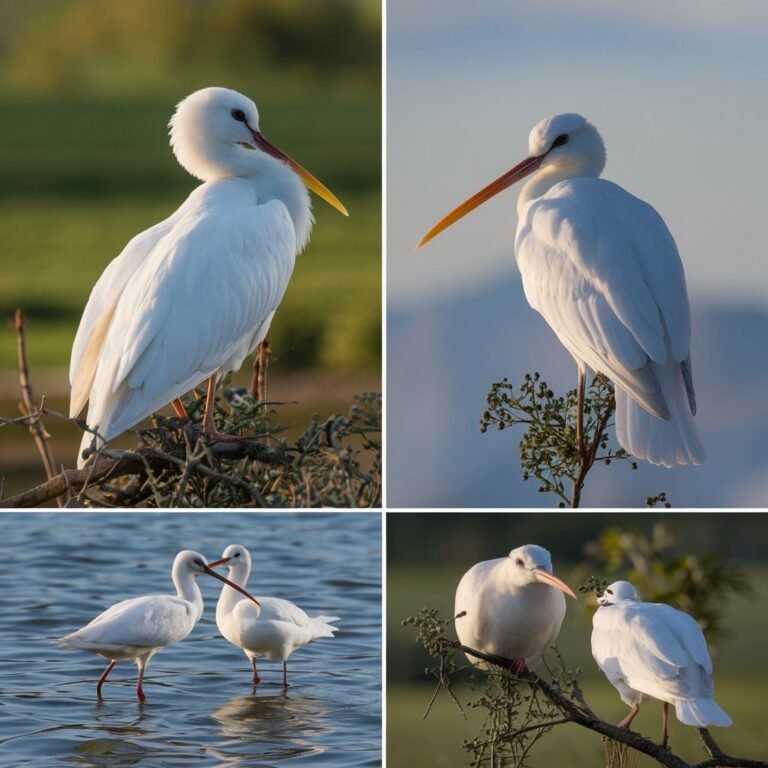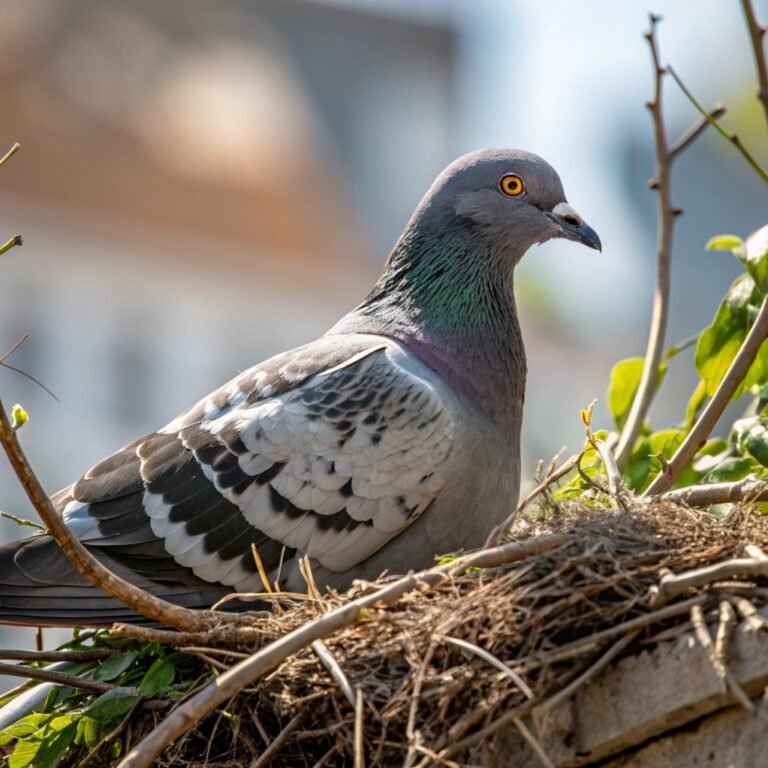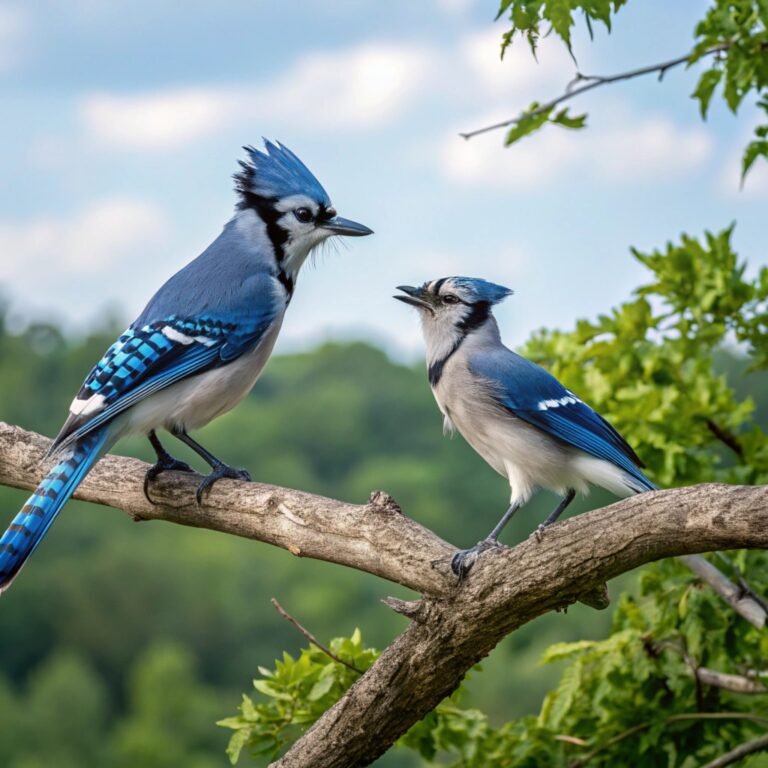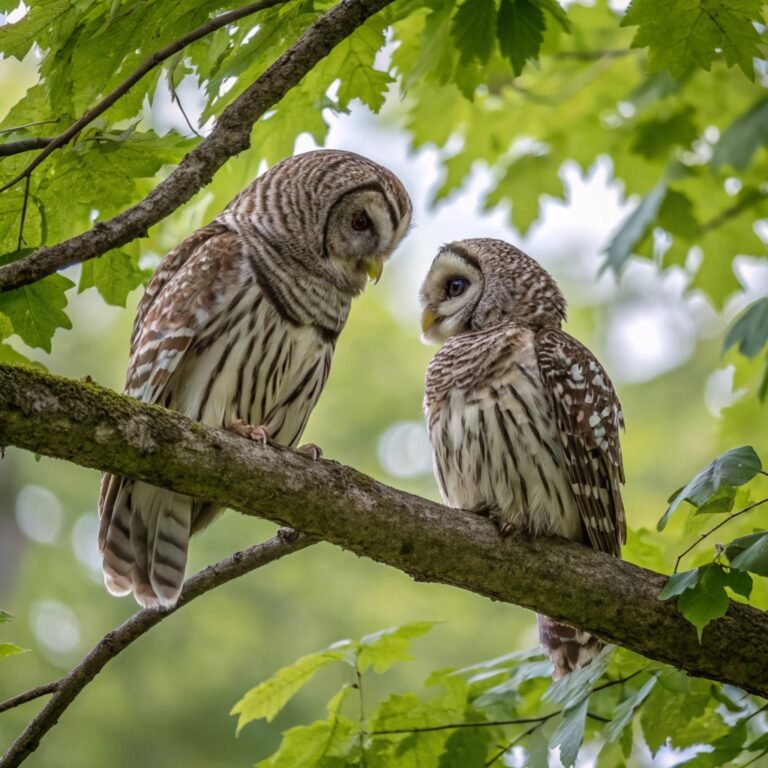12 Most Common Bird Species Worldwide: A Comprehensive Guide to Earth’s Feathered Populations
The world of birds is vast and diverse, with countless species inhabiting every corner of our planet.
From the bustling cities to remote wilderness areas, birds play a crucial role in our ecosystems and captivate us with their beauty and behavior.
In this comprehensive guide, we’ll explore the most common bird species found across the globe, delving into their populations, habitats, and unique characteristics.

Key Takeaways:
- The domestic chicken reigns supreme as the most numerous bird globally, with an estimated population of 24 billion.
- Among wild birds, the red-billed quelea takes the lead with approximately 1.5 billion individuals.
- House sparrows, European starlings, ring-billed gulls, and barn swallows are among the few species with populations exceeding one billion.
- The total number of wild birds on Earth is estimated at around 50 billion, which translates to about six birds for every human.
- Colombia boasts the highest bird species diversity, with 1,917 different species recorded.
- Many common bird species face population declines due to habitat loss, climate change, and human activities.
- Citizen science projects play a crucial role in monitoring bird populations and distribution.
- Understanding the abundance and distribution of bird species is vital for conservation efforts and maintaining ecological balance.
- The most common birds often adapt well to human-altered environments, contributing to their success.
- Rare species make up a significant portion of bird diversity, with 1,180 species having fewer than 5,000 individuals each.
The Undisputed Champion: Domestic Chicken

The domestic chicken (Gallus gallus domesticus) stands out as the most abundant bird species on Earth.
With an estimated population of 24 billion in 2023, these birds have become an integral part of human society.
Their numbers have seen a significant increase from 23.7 billion in 2018 and 14.38 billion in 2000.
Chickens are primarily raised for their meat and eggs, with China leading global production. In 2017, China alone produced a staggering 529 billion eggs.
The United States, the world’s second-largest egg producer, contributed 106.7 billion eggs in the same year and 19.71 million metric tons of meat in 2019.
The Wild Champion: Red-Billed Quelea

While domesticated birds dominate in sheer numbers, the red-billed quelea (Quelea quelea) holds the title of the most abundant wild bird species.
Native to sub-Saharan Africa, this sparrow-sized member of the weaver family boasts a population of approximately 1.5 billion breeding birds.
The red-billed quelea, also known as the red-billed weaver or red-billed dioch, thrives in tropical and subtropical areas with semi-arid climates.
These birds form massive flocks, often appearing as swarms that can cause significant damage to crops.
Their ability to adapt to various environments and their high reproductive rate contribute to their success.
The Billion-Plus Club: House Sparrows and European Starlings

Among the wild bird species, only a select few have populations exceeding one billion individuals.
The house sparrow (Passer domesticus) and the European starling (Sturnus vulgaris) are two such species that have achieved remarkable success in colonizing various habitats worldwide.
House sparrows have adapted exceptionally well to human-altered environments, thriving in urban and suburban areas across the globe.
Their ability to exploit human food sources and nesting opportunities has contributed to their widespread distribution and large population numbers.
European starlings, known for their iridescent plumage and vocal abilities, have also experienced significant population growth, particularly in North America following their introduction in the late 19th century.
Mourning Doves: A North American Success Story

The mourning dove (Zenaida macroura) stands out as one of the most abundant bird species in North America, with an estimated population of 475 million individuals.
These graceful birds are found across the continent, from southern Canada to Central America.
Mourning doves are known for their distinctive cooing calls and their ability to thrive in various habitats, including urban areas, farmlands, and forests.
Their diet primarily consists of seeds, which they forage from the ground. During winter, many northern populations migrate southward to escape harsh conditions.
American Robins: Harbingers of Spring

With a population of approximately 310 million, the American robin (Turdus migratorius) is another highly successful bird species in North America.
These familiar birds are often associated with the arrival of spring, as they become more visible and vocal during this season.
American robins are adaptable and can be found in a wide range of habitats, from suburban lawns to forests and tundra.
Their diet consists of a mix of invertebrates and fruits, allowing them to thrive in various environments. Their cheerful song and bold behavior have made them a beloved species among bird enthusiasts.
Common Pheasants: A Game Bird’s Global Reach
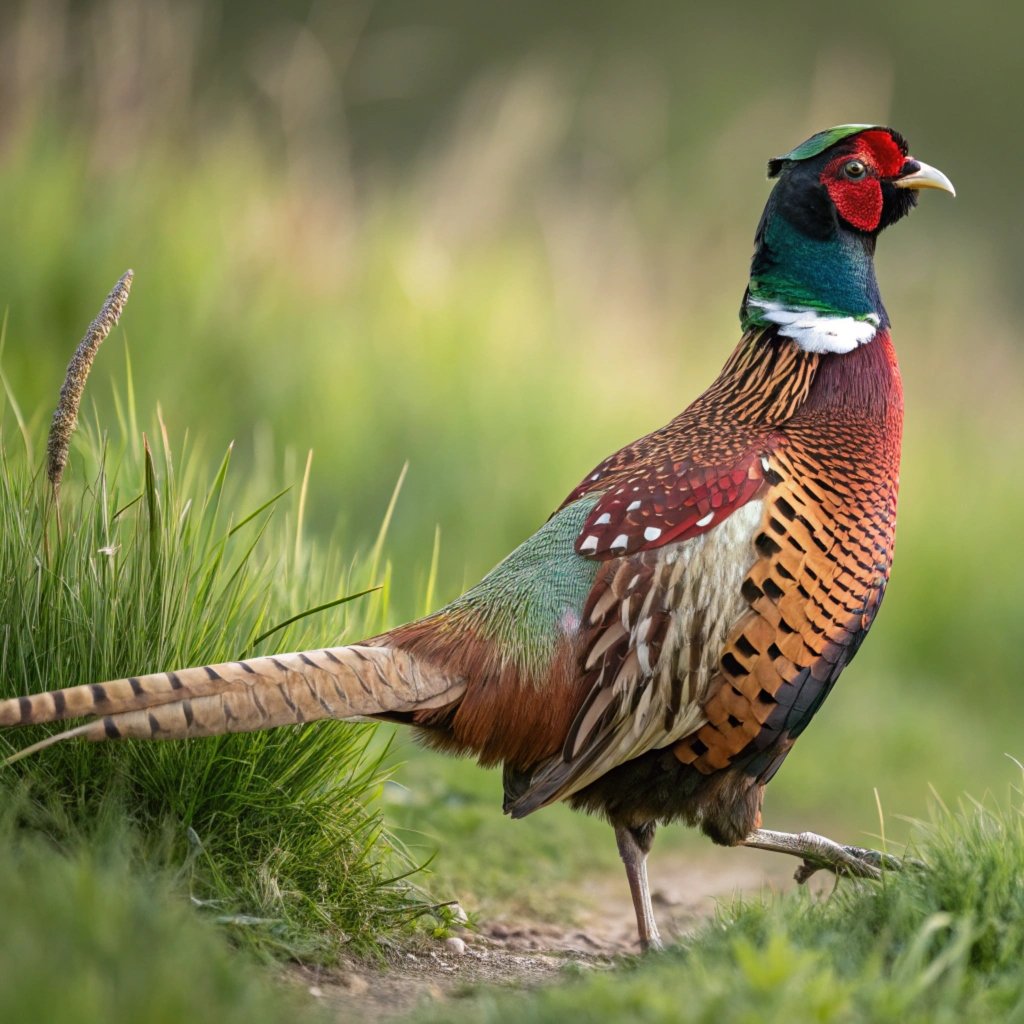
The common pheasant (Phasianus colchicus) boasts a significant global population, estimated between 160 to 220 million individuals.
Originally native to Asia, these colorful game birds have been introduced to many parts of the world for hunting purposes.
Common pheasants are known for their striking plumage, particularly in males, which display vibrant colors and long tail feathers.
They inhabit a variety of habitats, including agricultural lands, grasslands, and woodland edges.
Their adaptability and popularity as game birds have contributed to their widespread distribution and substantial population numbers.
Red-Winged Blackbirds: Masters of Wetlands
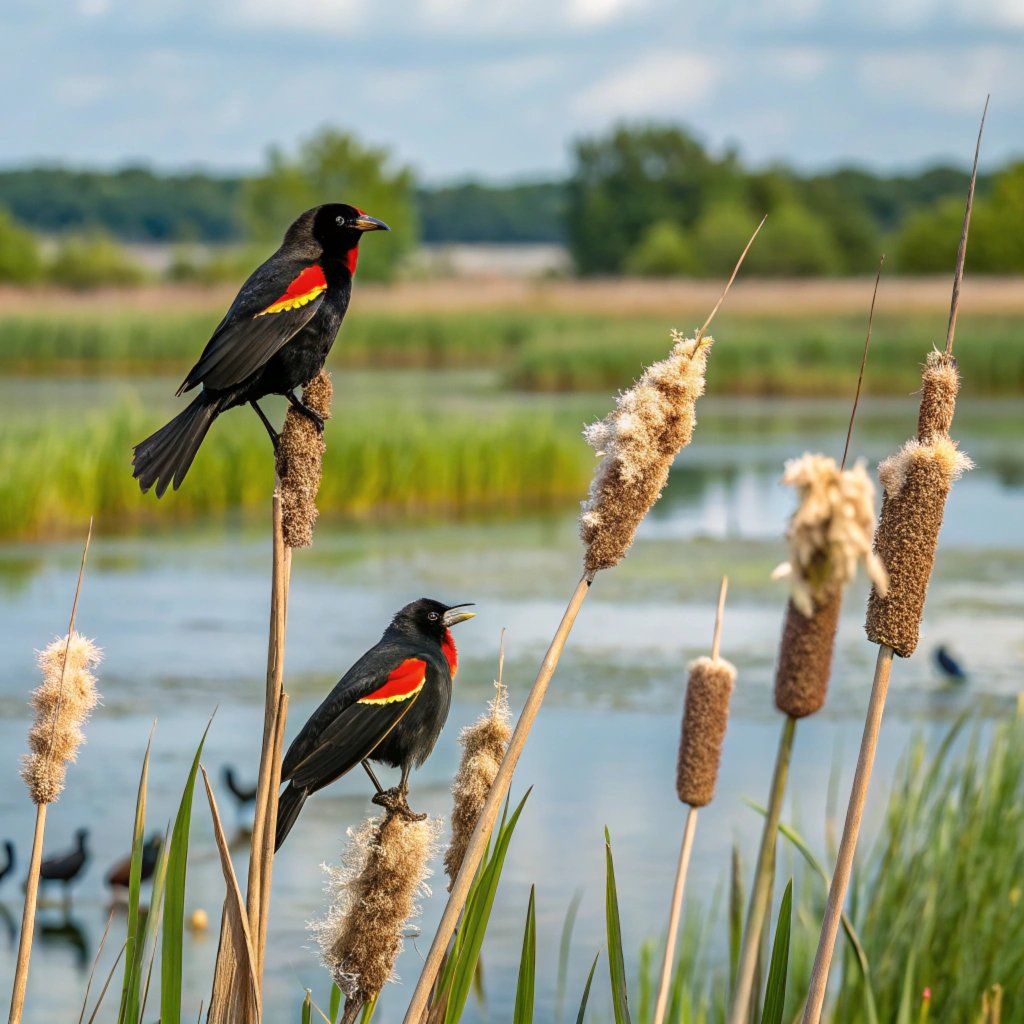
With an estimated population of 210 million, the red-winged blackbird (Agelaius phoeniceus) is a common sight across North America.
These distinctive birds are known for their glossy black plumage and bright red shoulder patches, which are particularly prominent in males.
Red-winged blackbirds are closely associated with wetland habitats, including marshes, swamps, and wet meadows.
However, they are adaptable and can also be found in agricultural areas and suburban environments.
Their loud, distinctive calls and conspicuous displays make them a familiar species to many bird enthusiasts.
Chipping Sparrows: Small but Numerous

The chipping sparrow (Spizella passerina) may be small in size, but it boasts a substantial population of approximately 200 million individuals. These diminutive birds are found across North America, from Alaska to Central America.
Chipping sparrows are known for their rusty cap, white eyebrow, and black line through the eye. They inhabit a variety of open habitats, including parks, gardens, and forest edges.
Their adaptability to human-altered environments has contributed to their success and widespread distribution.
Common Starlings: A Controversial Success Story

The common starling (Sturnus vulgaris), also known as the European starling, has a global population estimated between 100 to 199 million individuals.
Native to Europe and western Asia, these birds have been introduced to many parts of the world, sometimes with controversial results.
Starlings are known for their iridescent plumage and their ability to mimic various sounds, including human speech.
They are highly adaptable and can thrive in urban, suburban, and rural environments. While their success has made them one of the most common bird species worldwide, they are often considered invasive in areas where they have been introduced.
Common Swifts: Masters of the Air

The common swift (Apus apus) is a remarkable bird with a global population estimated between 95 to 164 million individuals.
These aerial acrobats spend most of their lives on the wing, rarely touching the ground except during breeding season.
Common swifts are found across Europe, Asia, and Africa, where they feed on airborne insects and spiders.
Their streamlined bodies and long, curved wings allow them to spend extended periods in flight, sometimes staying airborne for months at a time.
Their unique lifestyle and impressive flying abilities make them a fascinating species to observe.
Yellow-Rumped Warblers: A North American Favorite

With an estimated population of 130 million, the yellow-rumped warbler (Setophaga coronata) is one of the most common warbler species in North America.
These small, active birds are known for their distinctive yellow rump patch, which is visible in flight.
Yellow-rumped warblers are highly adaptable and can be found in a variety of habitats, including coniferous and mixed forests, as well as more open areas during migration.
Their ability to digest the wax in bayberries allows them to winter farther north than many other warbler species, contributing to their success and widespread distribution.
Global Bird Diversity: A Closer Look
While we’ve focused on some of the most common bird species, it’s important to note that bird diversity varies significantly across different regions of the world.
Colombia leads the pack with an impressive 1,917 bird species, followed closely by Peru (1,892 species) and Brazil (1,864 species).
These countries, along with others in tropical regions, host a remarkable variety of bird species due to their diverse ecosystems and favorable climates.
Understanding this biodiversity is crucial for conservation efforts and maintaining ecological balance on a global scale.
The Importance of Citizen Science in Bird Monitoring
Citizen science projects play a vital role in monitoring bird populations and distributions worldwide.
Platforms like eBird allow bird enthusiasts to contribute their observations, creating a vast database of bird sightings that researchers can use to estimate global populations and track changes over time.
These collaborative efforts have led to more accurate population estimates and a better understanding of bird distribution patterns.
However, it’s important to note that data collection can be biased towards more accessible and populated areas, potentially underestimating populations in remote or less-studied regions.
Conservation Challenges and the Future of Common Birds
While the species discussed in this article are currently abundant, many face challenges that could impact their populations in the future.
Habitat loss, climate change, and human activities pose significant threats to even the most common bird species.
Conservation efforts are crucial to ensure the continued success of these birds and to protect the countless rare species that make up a significant portion of global bird diversity.
By understanding the factors that contribute to the success of common species, we can develop strategies to protect and preserve bird populations worldwide.
FAQs
What is the most numerous bird species on Earth?
The domestic chicken (Gallus gallus domesticus) is the most numerous bird species on Earth, with an estimated population of 24 billion as of 2023.
Which wild bird species has the largest population?
The red-billed quelea (Quelea quelea) is considered the most abundant wild bird species, with an estimated population of 1.5 billion breeding birds.
How many wild birds are there on Earth?
Recent estimates suggest there are approximately 50 billion wild birds on Earth, which translates to about six birds for every human.
Which country has the highest bird species diversity?
Colombia boasts the highest bird species diversity, with 1,917 different species recorded within its borders.
Are all common bird species increasing in population?
No, not all common bird species are increasing in population. Many face challenges due to habitat loss, climate change, and other human activities, which can lead to population declines even in previously abundant species.

Hello, I’m Emily Price, the founder of Birds Affection. As a passionate bird enthusiast and spiritual seeker, I’ve always been fascinated by the symbolic meanings and mystical connections between birds and our lives. On this website, I share my knowledge and insights on the spiritual significance of various bird species, exploring their roles as messengers, guides, and teachers. Through my writing, I aim to inspire and educate others on the profound wisdom and beauty that birds bring to our world. Join me on this journey as we delve into the enchanting realm of bird symbolism and discover the hidden meanings behind these magnificent creatures.

